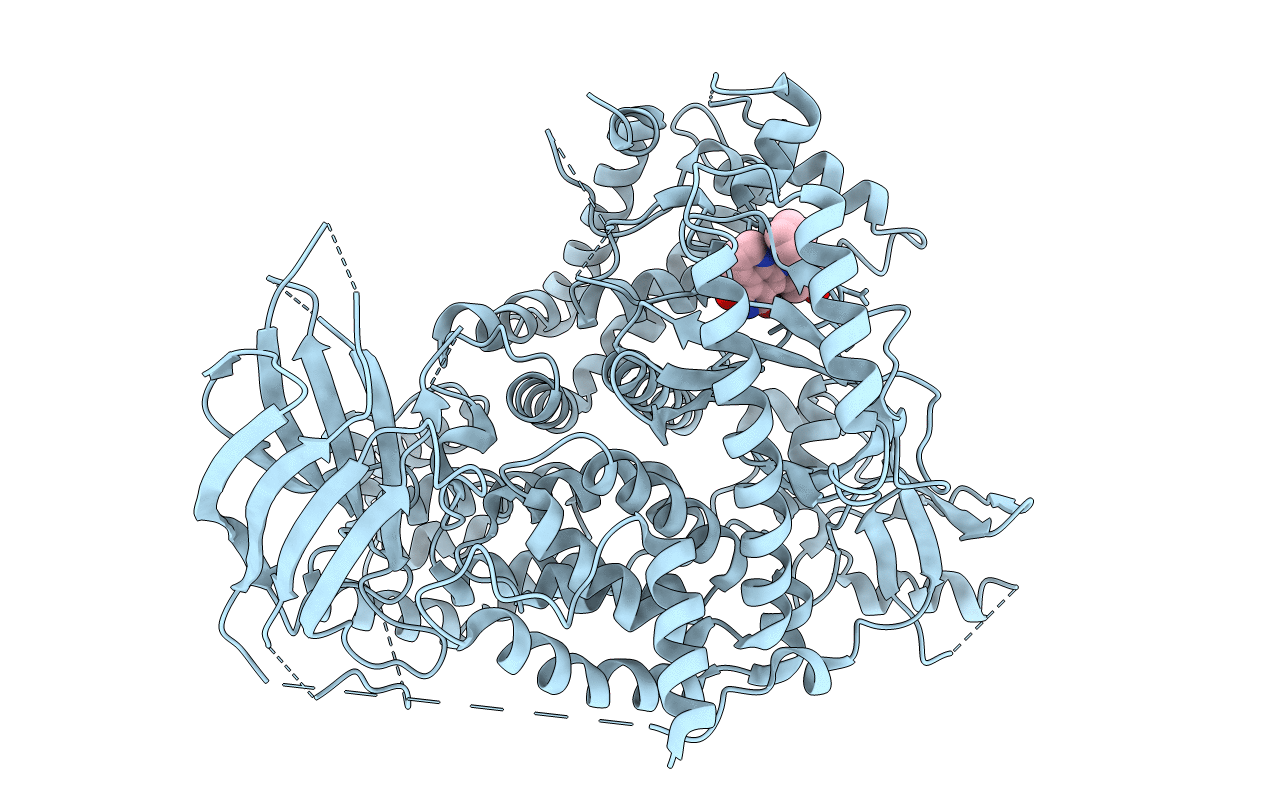
Deposition Date
2008-04-09
Release Date
2008-05-27
Last Version Date
2023-08-30
Entry Detail
PDB ID:
3CSF
Keywords:
Title:
Crystal structure of PI3K p110gamma catalytical domain in complex with organoruthenium inhibitor DW2
Biological Source:
Source Organism:
Homo sapiens (Taxon ID: )
Host Organism:
Method Details:
Experimental Method:
Resolution:
2.80 Å
R-Value Free:
0.28
R-Value Work:
0.25
Space Group:
C 1 2 1


